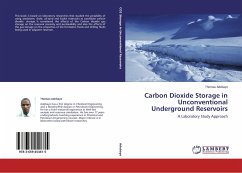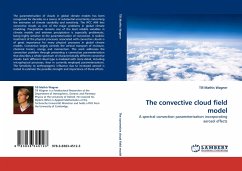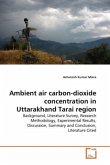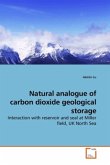It is a requirement for the implementation of the CO2 - geostorage technology that the long-term fate of injected CO2 into the subsurface is understood. Dissolution trapping is known as a long-term process that able to reduce the leakage risk of the gas phase of CO2 from a reservoir. This study, therefore, examines the influence of convective flow driven by density differences on the dissolution of gaseous CO2 into the highly saline formation fluid. The characteristic of a potential anticline reservoir located in the North German sedimentary basin is used as a case study. Numerical scenario simulations conducted for the 2D cross section of the reservoir by accounting the dissolution of CO2 and further by accounting the geochemical reactions (i.e. mineral dissolution/precipitation) effects. It is observed that in both scenarios the density of formation fluid increases and results convective flow. In the first scenario, the amounts of CO2 dissolved in the reservoir were doubled dueto convective mixing process. When both dissolution and geochemical reaction effects are considered, the amount of dissolved CO2 increased by 116 % compared to the model results without free-convection.
Bitte wählen Sie Ihr Anliegen aus.
Rechnungen
Retourenschein anfordern
Bestellstatus
Storno








